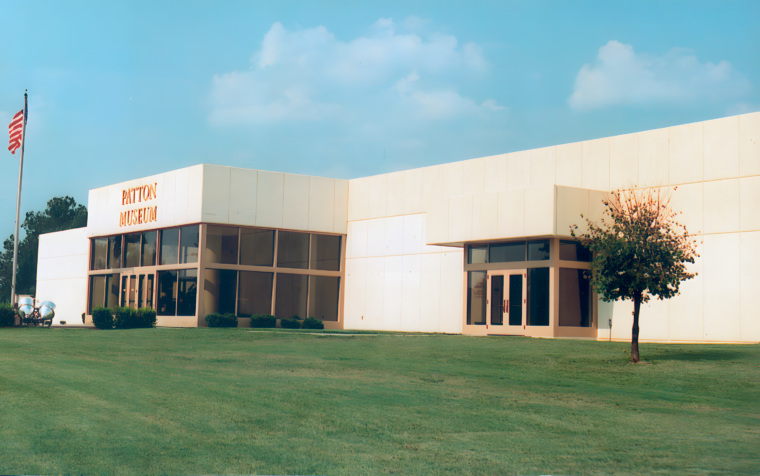
General George S. Patton
The General George Patton Museum of Calvary and Armor
By Blaine TaylorFifty years have gone by since the inception of the Patton Museum of Cavalry and Armor at Fort Knox, Ky., Read more

General George S. Patton
Fifty years have gone by since the inception of the Patton Museum of Cavalry and Armor at Fort Knox, Ky., Read more
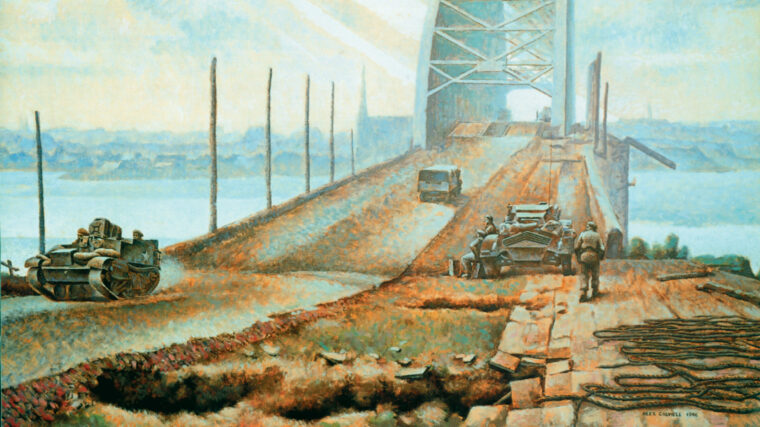
General George S. Patton
“In the years to come everyone will remember Arnhem, but no one will remember that two American divisions fought their hearts out in the Dutch canal country,” wrote U.S. Read more
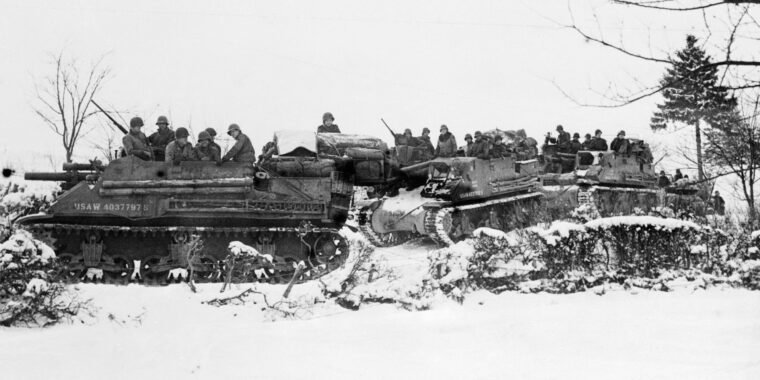
General George S. Patton
Wednesday, December 27, 1944, found the military situation in the Ardennes Forest of Belgium stalemated. After 12 days of unrelenting struggle, the American and German forces on this part of the Western Front found themselves locked in brutal combat, unable to drive each other back. Read more
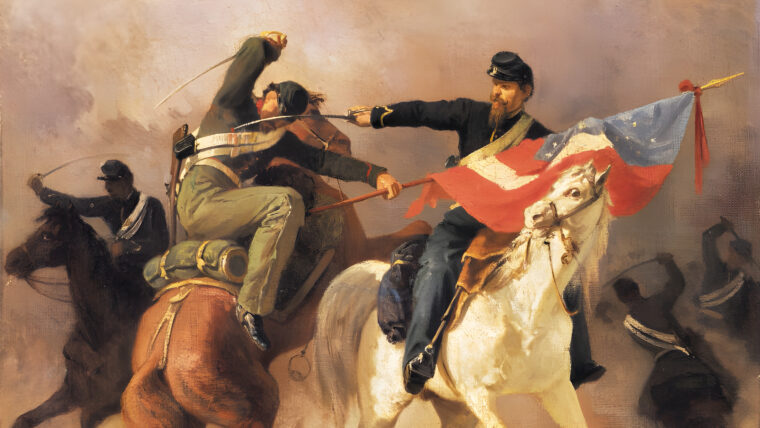
General George S. Patton
During the Civil War western Virginia was crucial to the Union. The region that lay west of the Shenandoah Valley and north of the Kanawha River held nearly a quarter of Virginia’s nonslave population when the war began in 1861. Read more
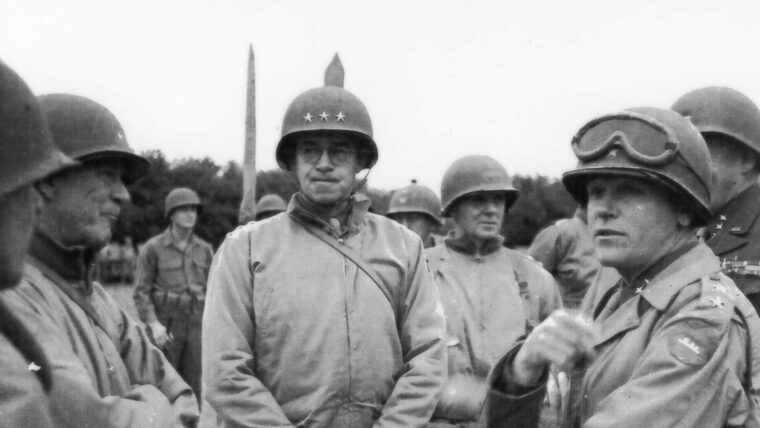
General George S. Patton
General George S. Patton, Jr., once said, “An army is like a piece of cooked spaghetti. You can’t push it, you have to pull it after you.” Read more
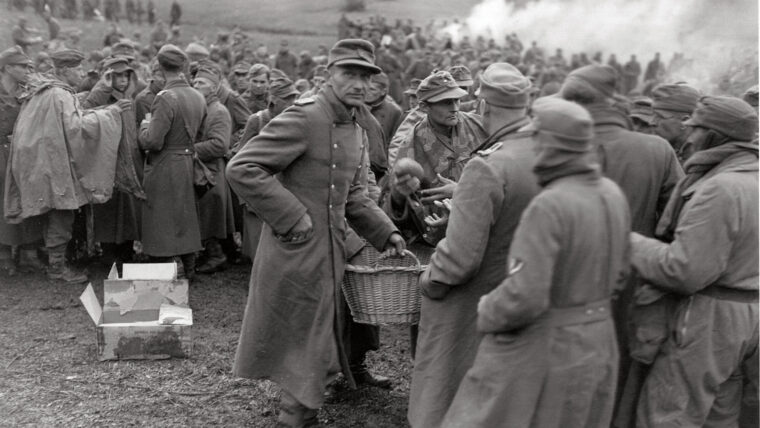
General George S. Patton
It was an impressive sight. Upon the reviewing stand as honored guest was General Dwight D. Read more
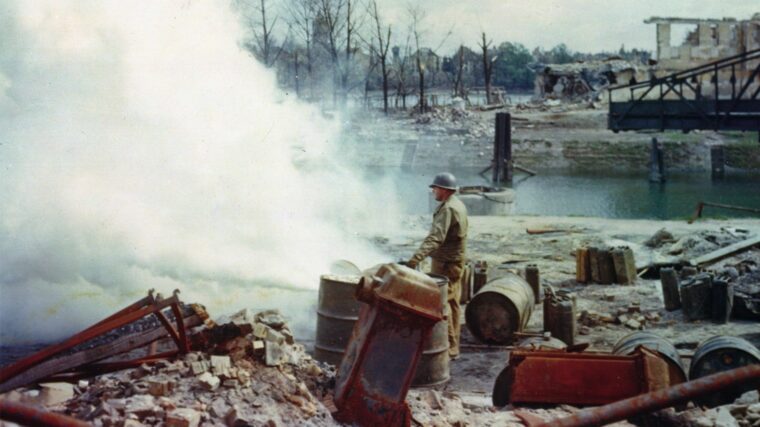
General George S. Patton
With the defeat of the German Seventh Army and the closing of the Falaise Gap in the summer of 1944, the Allies pursued the retreating enemy across France. Read more

General George S. Patton
After almost two months of bloody and desperate fighting, the Allies had failed to break through the German defenses that had been limiting their hold on Normandy since D-Day. Read more

General George S. Patton
The commander of the U.S. Third Army, General George Patton, Jr., took no great pleasure in the end of the war in Europe; he already knew that despite his lobbying of many influential figures in Washington, D.C., Read more

General George S. Patton
General George S. Patton, Jr., was one of the most flamboyant and controversial figures of World War II. Read more
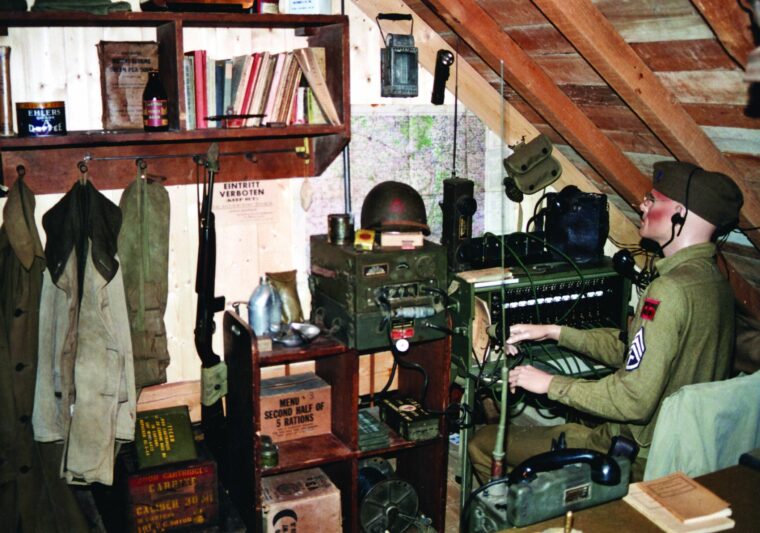
General George S. Patton
You won’t find the familiar little triangular signs, “Warnung Minen!” hanging on barbed wire today in Western Europe, with one exception. Read more
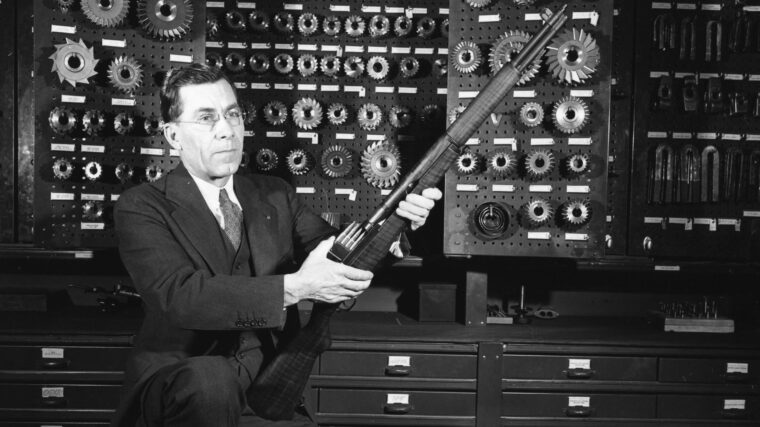
General George S. Patton
A variety of outstanding weapons and pieces of equipment affected the course of World War II for both the Allies and the Axis powers. Read more
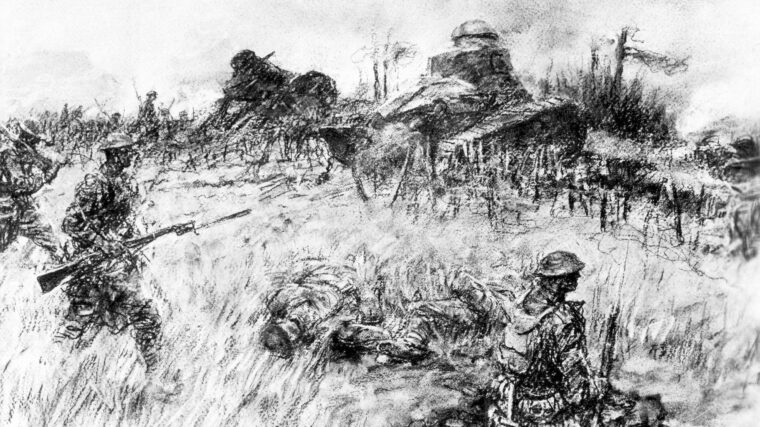
General George S. Patton
History is full of great men and great deeds. All American schoolchildren know the story of George Washington crossing the Delaware River in the dead of winter during the Revolutionary War. Read more
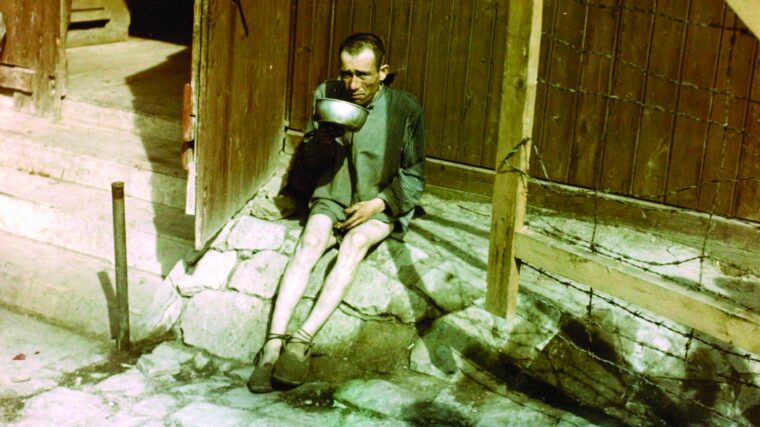
General George S. Patton
When Adolf Hitler became chancellor of Germany on January 30, 1933, the world changed forever.
Not only was Hitler determined to pay back Germany’s enemies for his country’s defeat during the Great War, but he was also determined to rid Germany and the rest of Europe of persons whom his twisted Aryan ideology believed were “inferior” or “subhuman.” Read more
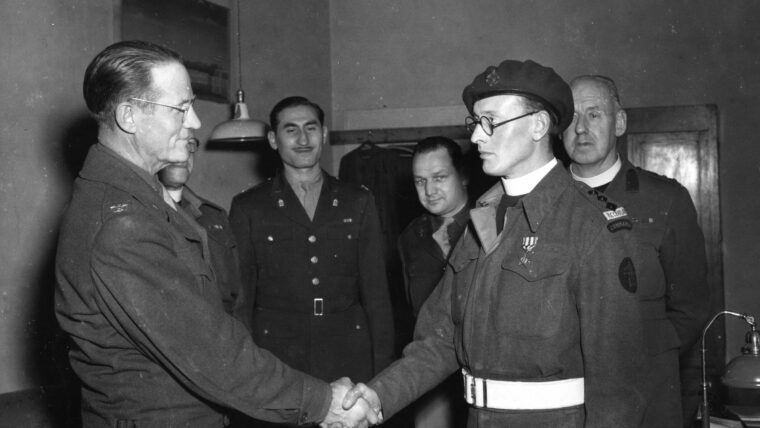
General George S. Patton
One day shortly after the Battle of El Guettar in central Tunisia in March 1943, Colonel William O. Read more
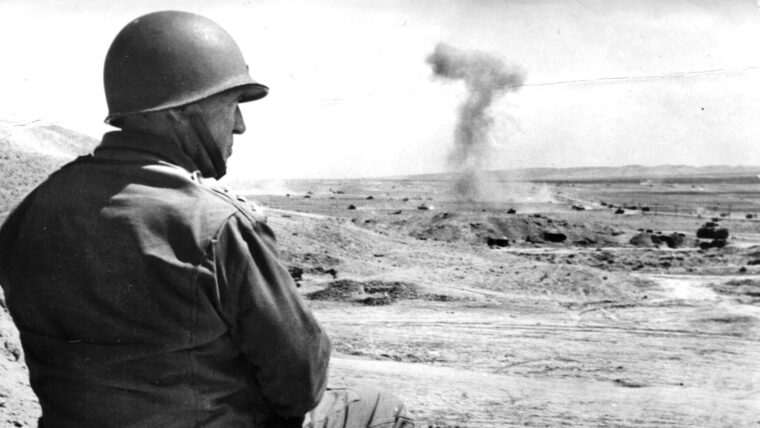
General George S. Patton
Lieutenant General George S. Patton, Jr., looked forward to fighting German Field Marshal Erwin Rommel, his North African nemesis. Read more
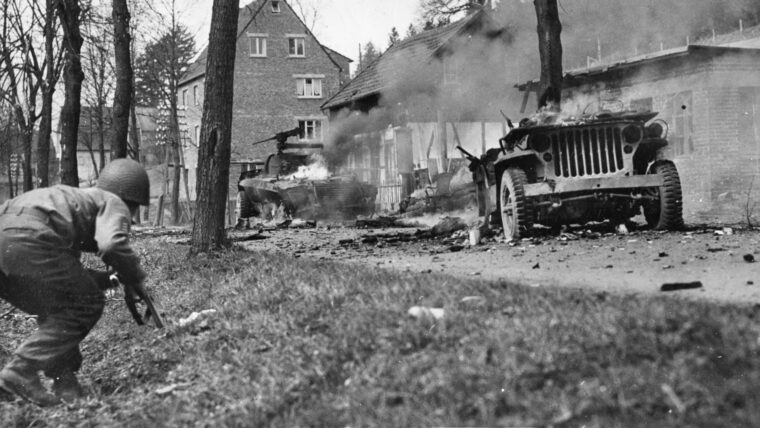
General George S. Patton
The Messerschmitt Bf-109 fighter plane dove out of the sky with machine guns firing. The pilot’s target—a pontoon bridge being stretched across Germany’s Werra River by American engineers. Read more
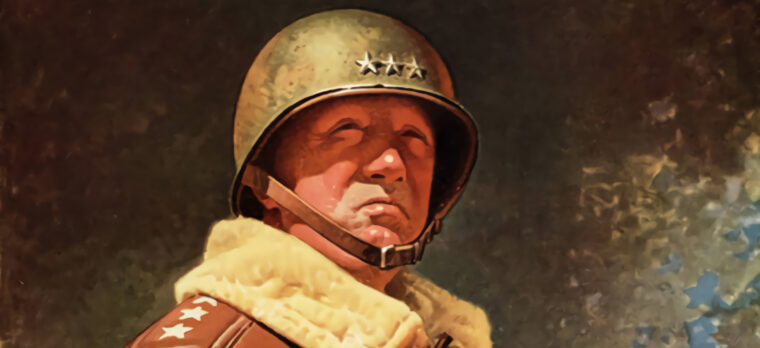
General George S. Patton
Fearless, demanding, and inspirational, General George Smith Patton, JR., was generally recognized as the U.S. Army’s outstanding field commander by the end of World War II. Read more
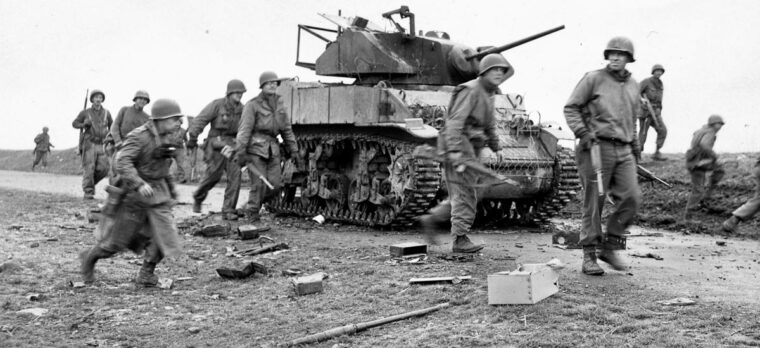
General George S. Patton
By Kevin M. Hymel
“OH MY GOD!” thought tanker Joe Cotten. “We’re shooting machine guns at a Tiger Royal!” It was late December 1944 in the Alsace-Lorraine region of France, near the German border. Read more
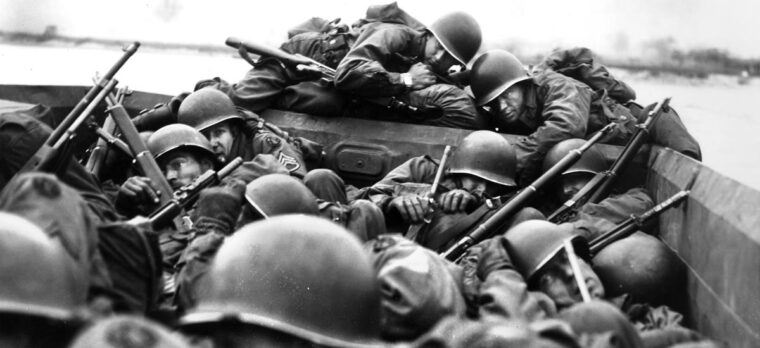
General George S. Patton
The American Ninth Army’s crossing the Rhine River on March 7, 1945, in the early days of the Battle of Remagen is a well-known chapter of military history. Read more